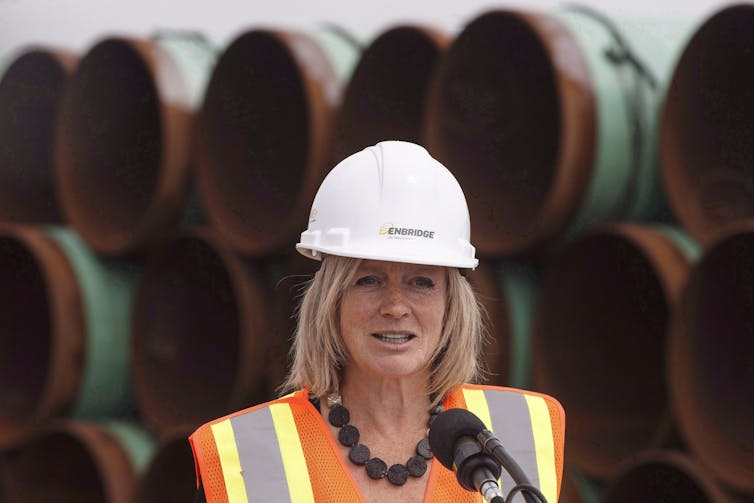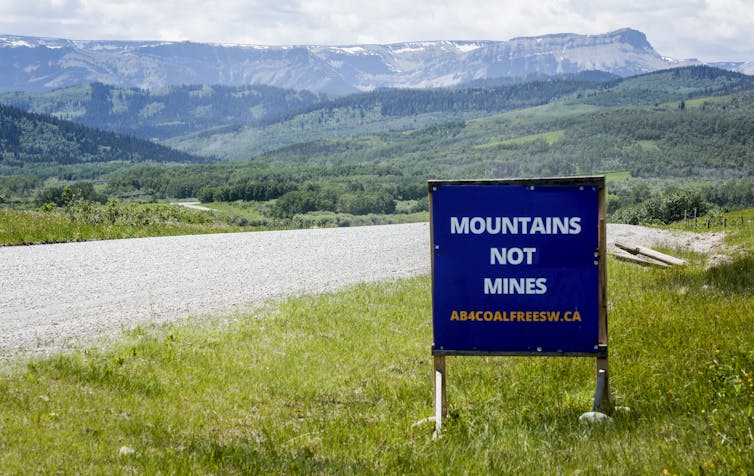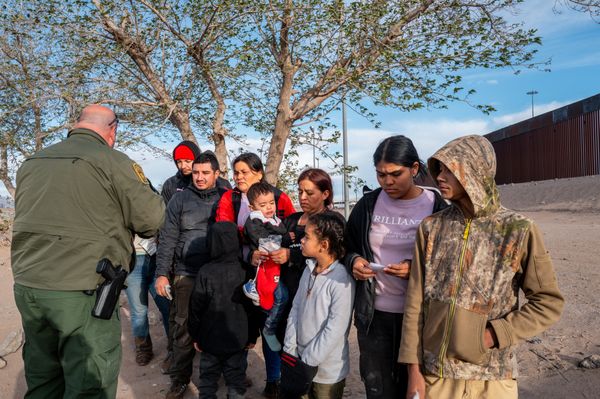
Federal Natural Resources Minister Jonathan Wilkinson recently announced that “just transition” legislation is forthcoming that will help Canadian oil and gas workers move into jobs in the low-carbon energy sector.
The announcement set off a firestorm in Alberta as Premier Danielle Smith said: “It’s very clear what they have in mind for us is devastating. They want to shut down a quarter of our economy.”
Rachel Notley, the province’s official opposition leader, suggested the federal government should just take the legislation “…and basically get rid of it.”
Just transition is an important element of Prime Minister Justin Trudeau’s Liberal party national climate policy agenda. It’s in line with the 2015 Paris Agreement, which Canada signed along with 193 other countries.
The agreement considers “the imperatives of a just transition of the workforce and the creation of decent work and quality jobs in accordance with nationally defined development priorities.” That means Canada’s national plan to address climate change and transition towards a decarbonized economy must consider and support workers.
Making policy lemonade out of lemons
Needless to say, the plan has had an inauspicious start, even though the details have yet to be revealed.
So how can the federal government salvage its just transition agenda and make policy lemonade out of the political lemon that is its relationship with Alberta?
It could be argued that Alberta, with its large oil and gas industry, is distinct from other provinces and territories and is unlikely to support any plan for a just transition.
But in the past seven years, the federal government has been able to work with provinces and territories, including Alberta, using three strategies that can increase the chances of bringing the province on board with the just transition plan.
3 ways to win support
First, the federal government has allowed substantial flexibility in local policy design. For example, provinces could accept a federal carbon pricing policy or develop their own equivalent policy, using a tax or a cap-and-trade system.
While Alberta’s United Conservative Party government has fought the carbon price on fuel tooth and nail, it has quietly worked with the federal government on a pricing system for industry. Even when the UCP government changed the provincial system, upon coming to power, the federal government recognized its equivalency.
Similar flexibility and attention to local circumstances will be required if the just transition is to be politically accepted in Alberta. Simply including the province in a broader national transition strategy isn’t sufficient.
Second, the federal government offered trade-offs in return for provincial support. In Alberta under Notley and the NDP, provincial support for federal climate policies was contingent on approval of the Trans Mountain Expansion Project, despite its greenhouse gas emission (GHG) footprints and the opposition of environmental groups.

The federal government can look for additional trade-offs, particularly if Notley wins the provincial election in May. Potential options include increased support for the clean-up of abandoned oil and gas wells, investments in the province’s hydrogen industry and increasing financial incentives for carbon capture, use and storage technology.
Finally, the just transition plan itself must present a financial carrot to accompany the stick of a cap on GHG emissions in the oil and gas sector, which was announced last year.
Read more: The growing cost to clean up abandoned and orphaned wells
Federal enticements
The federal government has provided funding, financial incentives and investments to entice provinces and territories to back national policy goals and help them meet federal regulatory requirements.
But historically, there has been a gap between what Alberta deems to be fair and necessary support for its industry and what the federal government is willing to shell out. The just transition is an opportunity to bridge this gap in expectations.
The federal government’s fall 2022 economic update planned for $250 million for skills training for jobs in low-carbon energy industries. However, the $2-billion figure floated in the federal Liberals’ 2021 election platform is likely closer to the mark.
In addition, the support of industry was key to the viability of Notley’s provincial Climate Leadership Plan. The federal government should take advantage of the reality that many in the oil and gas industry desire and accept the need for a transition to sustainable jobs.

The path forward
Is the just transition plan dead on arrival or is there a path to salvaging this key component of national climate policy?
As is often the case with public policy, the devil will be in the details.
As with any climate policy in Canada, considering and supporting local, economic and social realities are crucial to making the plan politically justifiable in Alberta. Doing so will also help the policy achieve equity and justice.
The stakes are high, and Canada and Alberta cannot afford to see the plan fail. The frequency and intensity of natural disasters worldwide in the past few years, and a shrinking market for fossil fuels, have already spurred the transition.
Canada has no choice but to adapt its energy sources and industries.
As the 2022 Inflation Reduction Act in the United States shows, other countries have started to take this path. If Canada doesn’t plan for it, the inevitable transition will be much more disruptive — and much less just.
Brendan Boyd receives funding from Social Sciences and Humanities Research Council.
Marielle Papin does not work for, consult, own shares in or receive funding from any company or organisation that would benefit from this article, and has disclosed no relevant affiliations beyond their academic appointment.
This article was originally published on The Conversation. Read the original article.







